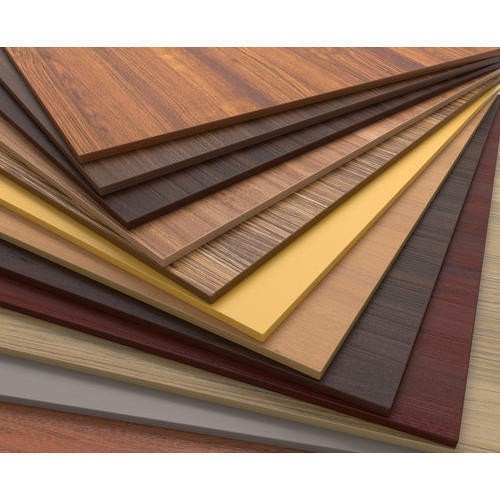Key Factors to Consider When Choosing AC Foaming Agents for XPE: A Comprehensive Guide
Release time: 2025-03-17
Key Factors to Consider When Choosing AC Foaming Agents for XPE
Understanding XPE and Its Applications
XPE, or cross-linked polyethylene, is a versatile material widely used in various industries, including construction, automotive, and consumer goods. Its unique properties, such as excellent insulation, durability, and resistance to chemicals, make it a preferred choice for applications ranging from foam sheets to packaging solutions. To achieve optimal performance in XPE production, the right foaming agents play a crucial role.
What Are AC Foaming Agents?
AC foaming agents are chemical compounds that generate gas during the polymerization process, resulting in a foamed structure in the final product. These agents are essential in producing lightweight, insulating materials while maintaining structural integrity. Several types of foaming agents exist, but AC foaming agents, particularly those based on acetic acid, are favored for their efficiency and effectiveness.
Key Factors to Consider When Choosing AC Foaming Agents for XPE
Making an informed decision about AC foaming agents involves evaluating several critical factors. Here, we outline the essential aspects to consider:
1. **Formulation Compatibility**
When selecting AC foaming agents for XPE, ensuring compatibility with your formulation is paramount. Different foaming agents interact differently with various polymers, affecting the overall performance of the final product. Conducting preliminary tests on small batches can help identify the best foaming agent that aligns with your XPE formulation.
2. **Performance Characteristics**
The performance of AC foaming agents is influenced by several characteristics, including:
a. Foaming Ability
The foaming ability of an agent determines the volume of foam generated and the density of the final product. A good foaming agent should produce a stable foam with the desired density for your specific application.
b. Cell Structure
The cell structure created by the foaming agent impacts the thermal insulation properties of XPE. A uniform cell structure enhances insulation while preventing the penetration of moisture and other external factors.
c. Thermal Stability
Thermal stability is crucial for applications involving heat. AC foaming agents should maintain their properties under high temperatures to prevent degradation during the XPE production process.
3. **Environmental Impact**
The environmental impact of the foaming agents should also be a consideration. As industries shift towards sustainable practices, selecting AC foaming agents that are eco-friendly and compliant with environmental regulations becomes essential. Look for agents with low VOC (volatile organic compound) emissions and those that can be easily disposed of or recycled.
4. **Cost Efficiency**
Analyzing the cost-effectiveness of AC foaming agents involves more than just the initial purchase price. Factors such as processing efficiency, yield, and potential for waste reduction should all be calculated. A more expensive foaming agent may lead to lower overall production costs if it enhances product quality or reduces processing time.
5. **Supply Chain Considerations**
The reliability of your supply chain can significantly affect your production capabilities. Consider the availability of AC foaming agents in your region, lead times for delivery, and the supplier's reputation for quality. Establishing a solid relationship with a supplier can lead to better pricing and priority access during high-demand periods.
6. **Regulatory Compliance**
It's imperative to ensure that the AC foaming agents you choose comply with local and international regulations. Compliance with safety standards, such as REACH in Europe or TSCA in the United States, is crucial to avoid legal issues that can arise from using non-compliant products.
7. **Processing Conditions**
The processing conditions under which XPE is produced can greatly influence the effectiveness of foaming agents. Factors such as temperature, pressure, and mixing speed should be optimized to achieve the best results with your chosen AC foaming agent. Conducting trials under varying conditions can provide valuable insights into the most effective application techniques.
8. **User Feedback and Industry Trends**
Lastly, staying abreast of user feedback and industry trends can inform your decision-making process. Engaging with industry forums, attending trade shows, and following relevant publications can provide insights into which AC foaming agents are gaining traction and why.
FAQs About Choosing AC Foaming Agents for XPE
1. What is the role of AC foaming agents in XPE production?
AC foaming agents generate gas during the production process, creating a foamed structure that gives XPE its lightweight and insulating properties.
2. How do I determine the right foaming agent for my XPE formulation?
Conduct preliminary tests on small batches to evaluate the compatibility and performance of different foaming agents with your specific formulation.
3. Are there eco-friendly AC foaming agents available?
Yes, many manufacturers produce eco-friendly AC foaming agents with low VOC emissions that comply with environmental regulations.
4. What processing conditions affect the performance of AC foaming agents?
Factors such as temperature, pressure, and mixing speed can significantly influence the effectiveness of foaming agents during the XPE production process.
5. How can I ensure my chosen foaming agent is compliant with regulations?
Research the specific regulations applicable to your region and evaluate the compliance certifications provided by the manufacturer of the foaming agents.
Conclusion
Choosing the right AC foaming agents for XPE production is a multifaceted decision that involves understanding the unique requirements of your formulation, evaluating performance characteristics, considering environmental impact, and ensuring regulatory compliance. By assessing these key factors, we empower you to make informed decisions that enhance your production process and product quality. Stay ahead of industry trends and maintain strong supplier relationships to ensure a successful and sustainable approach to your XPE manufacturing needs.
 sales@feihengchem.com
sales@feihengchem.com
 +8615665855919
+8615665855919 中文
中文 English
English España
España











